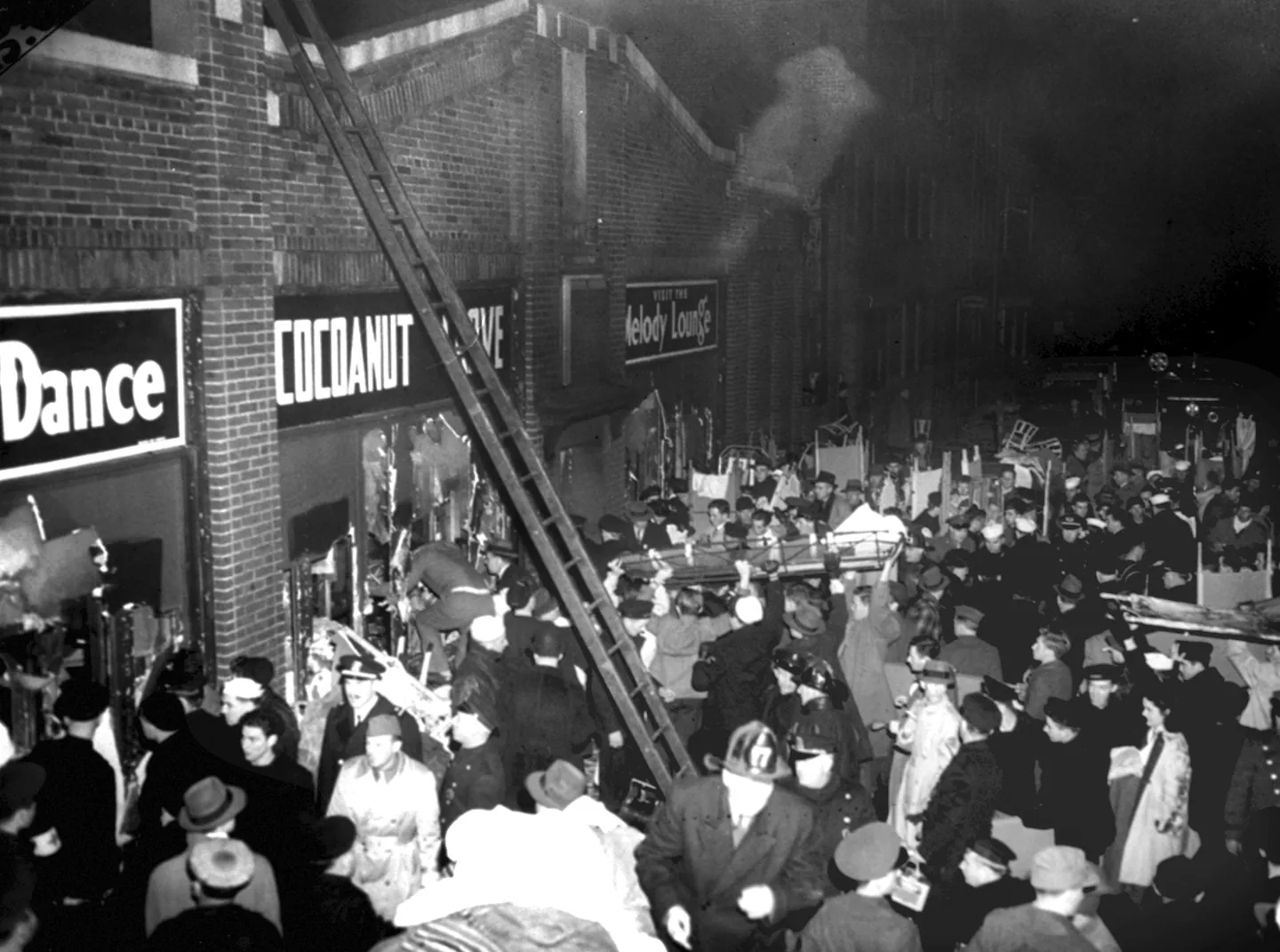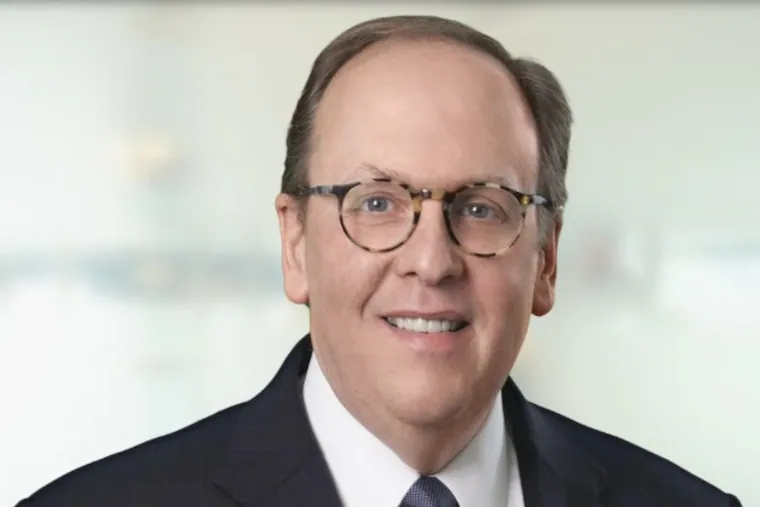Copyright The Boston Globe

“The scene was indescribable, but it is still vivid in my mind,” he told the Springfield Republican newspaper in 1959, according to notes compiled for a historical website. Mr. Shumway, who in the decades that followed rarely spoke about his experiences that night, was the last known survivor of one the deadliest fires in the nation’s history, in which 492 perished. According to his son, Curt, Mr. Shumway was 101 when he died June 25 in a senior community in Naples, Fla., where he had lived in retirement. His death has not yet been announced on a funeral home website, and Mr. Shumway’s family plans to hold a private memorial service. In addition, at 3 p.m. on Saturday, Nov. 29, the Cocoanut Grove Memorial Committee will pay tribute to him during the organization’s anniversary vigil at the Piedmont Street site of the former nightclub. In the interview Senne conducted while she was a Florida Gulf Coast University student, Mr. Shumway said that after the football game he and his friend “were open to anything fun,” and ended up at the nightclub. When the Cocoanut Grove fire broke out, “l kept thinking, ‘Gee, you gotta have a way out of here,’ ” he recalled. “When you get excited, you forget which way the door is supposed to go,” he said of the revolving door, which became stuck as people tried to get out. The tragedy led to regulations for new construction that require revolving doors to be flanked by outward-opening exit doors. Treatment of the large number of victims, meanwhile, led to advances in the research, immediate response, and long-term care of those whose burns ranged from moderate to severe. Mr. Shumway told Senne that he and Moulton, who were not injured, initially helped survivors into vehicles that took them to hospitals for treatment. “He didn’t know them, but he knew it was the right thing to do,” Michael Hanlon, cofounder and vice president of the Cocoanut Grove Memorial Committee, said in an interview Monday of Mr. Shumway’s efforts to save patrons that night. “He put himself in jeopardy.” According to biographical notes about Mr. Shumway on the committee’s website, he told the Springfield Republican that he and Moulton remained at the scene through much of the night, helping to cover the remains of those who had died and carry them to vehicles and ambulances. The two later drove back to Williston Academy, a prep school in Easthampton, but the memory of how many were killed because of the jammed revolving door remained with Mr. Shumway. “Every time I see those doors, it reminds me of the big fire,” he told Senne. For decades, however, he didn’t share details of his memories with his family. Curt, his son, told GBH news that he didn’t know about his father’s experiences until around the time of the fire’s 70th anniversary. “My dad never mentioned it,” he told GBH. “Growing up, we always sat by the exits, and I didn’t quite understand that.” One of three siblings, Robert Shumway was born in Northampton on Feb. 20, 1924, and grew up in Amherst. His father, Earl Shumway, was a town assessor in Amherst and his mother, Vertene Bement Shumway, was a piano teacher, Curt said. Earl and Robert were good tennis players. Robert also excelled at skiing, and later in life was an accomplished golfer, “which became a big part of his life,” Curt said. “Our world revolved around golf as he went to different tournaments.” Mr. Shumway was a former club champion and president of the Amherst Golf Club, and a donation he and his wife made helped fund the course’s Members’ Club area. After graduating from high school in Amherst, Mr. Shumway spent a year at what is now Williston Northampton School in Easthampton. He was a student there the night of the Cocoanut Grove fire, according to the memorial committee’s website. Mr. Shumway then joined the Army and was sent to Europe during World War II. Among his unit’s duties was liberating a prisoner of war camp, Curt said. “l’ve seen plenty,” Mr. Shumway told Senne, adding that the fire “was pretty bad, but so was the war.” Returning home, he attended American International College in Springfield, where he met and later married Eleanor Castellini. She was working in the college’s administrative offices, where veterans picked up military benefits checks, Curt said, and they began dating. Mrs. Shumway, who died in 2021, had grown up in an Italian family in Agawam and graduated from Bryant College. “Ellie had a timeless sense of style and creative flare that was often admired,” her family wrote in an obituary tribute they placed in the Daily Hampshire Gazette. She also was known for preparing tortellini and “her grandchildren’s favorite spaghetti pie.” For many years, the couple ran Shumway’s Dairy Bar in Amherst, and Mr. Shumway went on to form a successful real estate development business, including owning smaller rental properties. “He was an entrepreneurial guy,” Curt said. “He might take a building and double the size, but everything was pretty much on a small scale.” In addition to his son, Mr. Shumway leaves a daughter, Jacalyn Sexton of Rye, N.H.; three grandchildren; and three great-grandchildren. “Growing up down the street from my grandparents in Amherst was such a treat,” his granddaughter Meghan wrote in an email. “For as long as I can remember,” she added, “my grandparents’ birthdays always meant three things: The entire family was always present, Grandma Ellie would pull out every stop in the book for a northern Italian feast with recipes from her family, and no matter how decadent the cake was, Grandpa Bob would without a doubt reach for the Haagen-Dazs vanilla Swiss almond ice cream first, and be sure to let us know how delicious it was.” Curt said his father was also a drummer who used to sneak out of his family’s house as a teenager to play gigs with a band. He long admired renowned jazz drummer Buddy Rich. While driving, Mr. Shumway would drum his fingers on the steering wheel and reach over to tap the dashboard for imaginary cymbal crashes. At home in the Naples retirement community, he kept a couple of drum pads to keep his hand in. “He was actually still playing drums up until he passed,” Curt said. “He held the sticks and kept the rhythm, and it was really quite something.”



